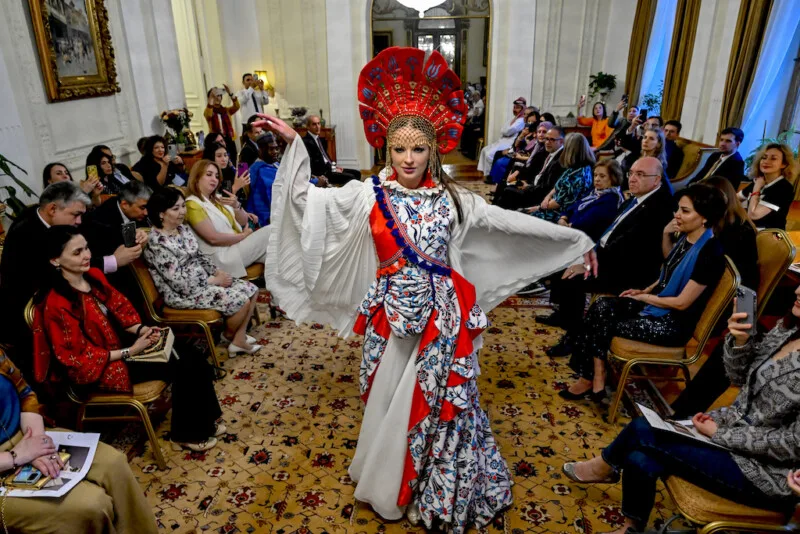
Dressing for political messaging is not unique to the Western world, as Turkish President Recep Tayyip Erdoğan’s choice of plaid jackets shows. President Erdoğan has been purposefully wearing plaid jackets on various occasions, particularly during rallies and visits to Turkey’s eastern regions. According to fashion designer Levon Kordonciyan, “The use of plaid jackets and patterned shirts gives the message ‘I am one of you’ and shows that he is easily accessible. It provides closeness in communication.”
The appearance of political figures emphasizes the importance of fashion as a tool of diplomacy. First ladies, such as Jackie Kennedy, use their fashion choices to represent their countries, emphasizing grace and cultural understanding. Jackie Kennedy was known for her incomparable style and elegance. She worked with French-born American designer Oleg Cassini to create a wardrobe that embodied timeless sophistication.
During her visits abroad, Jackie Kennedy carefully studied the local fashions and colors, blending in seamlessly while elegantly representing the United States. Her fashion choices not only demonstrated her style, but also conveyed a deep sense of cultural presence and understanding.
During her international travels, she regularly wore clothes created by designers from the countries she visited, promoting cultural exchange and soft power through the universal language of fashion. Her 1962 so-called goodwill tour to India and Pakistan highlighted her role as an ambassador of U.S. foreign policy, while indirectly promoting U.S. soft power through her visual image.
Queen Elizabeth II was one of the most influential actors of fashion diplomacy. As a visually distinctive figure, the Queen knew the importance of her appearance in conveying political messages. Her elegantly crafted clothes served as a symbol of her role as a representative of the British monarchy and its soft power as well as an embodiment of national identity.

